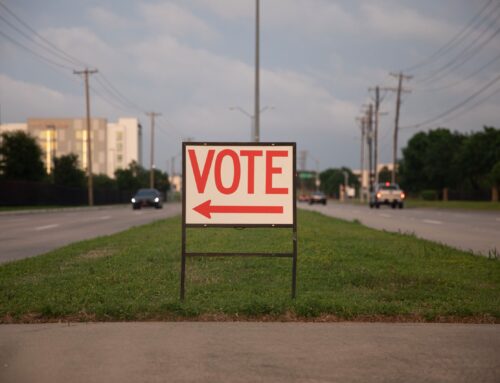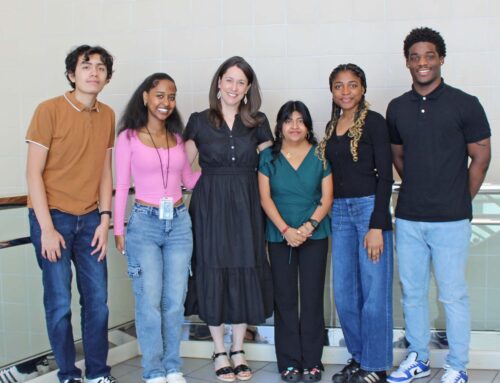The Park Board has approved allowing the Dallas Arboretum to use grassy areas around Winfrey Point for temporary overflow parking during the arboretum’s Chihuly exhibit, May 5-Nov. 5. The arboretum will be allowed to park as many as 400 cars there, using its own parking management staff. The city and the arboretum could consider making those temporary parking spaces permanent sometime in the future.
That plan irks neighbors in Emerald Isle who worry about property values if parking lots ruin their lake views. And it’s distressing for students, naturalists and biologists who study these grassy areas, which as a whole make up a blackland prairie remnant. This blackland prairie is a rare ecosystem, especially unusual in an urban area, and it has attracted creatures scarcely seen in the city.
“When I told my students about it there was a collective sigh and then irate indignation by all of them,” says Toni E. Herrin, a St. John’s Episcopal School teacher whose eighth-grade students won a grant to study the prairie.
Master naturalist Becky Rader began studying the area in 1998, when biologists first recognized it was a blackland prairie remnant. She says more than 70 plant species can be found in the prairie, which also is a home to the dickcissel, a prairie-dwelling sparrow that has been on the Audubon watch list. Besides that, the prairie’s root system increases the quality and quantity of ground water. The roots also mitigate damage after drought, fire or flooding.
Parking cars on the prairie once or twice a year probably wouldn’t hurt it, Rader says. After all, herds of buffalo used to come through this area, when it was all a vast prairie, and graze for three weeks at a time. The prairie adapted to that. But she doesn’t think it could survive being a parking lot for six months or more.
“They’ll destroy it,” she says. “Cars will leak oil and other contaminants into the soil, causing pollution. You’ll have people getting out when it’s wet, which will cause soil compression.”
Rader says the Park Department stopped mowing the area around Winfrey Point in 1998, 14 years ago, and she nominated the city for a Texas Land Steward Award, which it won, in 2005, seven years ago. But Park Board representative Gerald Worrall and arboretum president Mary Brinegar say the land was mowed and used for parking regularly until just five years ago.
The arboretum has 670 parking spaces onsite and 1,545 off-site parking spaces. But that might not be enough if the Chihuly exhibit is mobbed with 5,000 tourists on its opening weekend, for example. The arboretum wanted to be prepared for such an event. And rather than having people “wandering around” looking for parking and clogging neighborhoods with parked cars, they asked the Park Department for help with parking spaces, Brinegar says.
This coming Friday, a day before the Chihuly exhibit opens, the St. John’s students plan to “dead-head” Queen Anne’s lace, an invasive plant, in an effort to keep the prairie pure. They’re inviting the community to participate in the seed removal, from 4-6 p.m., and they will give tours of the prairie. Go check it out. What was planned as an event to raise awareness about the prairie’s value and importance just might turn out to be one of the last times for us to see it. That is, if it’s not mowed first.






